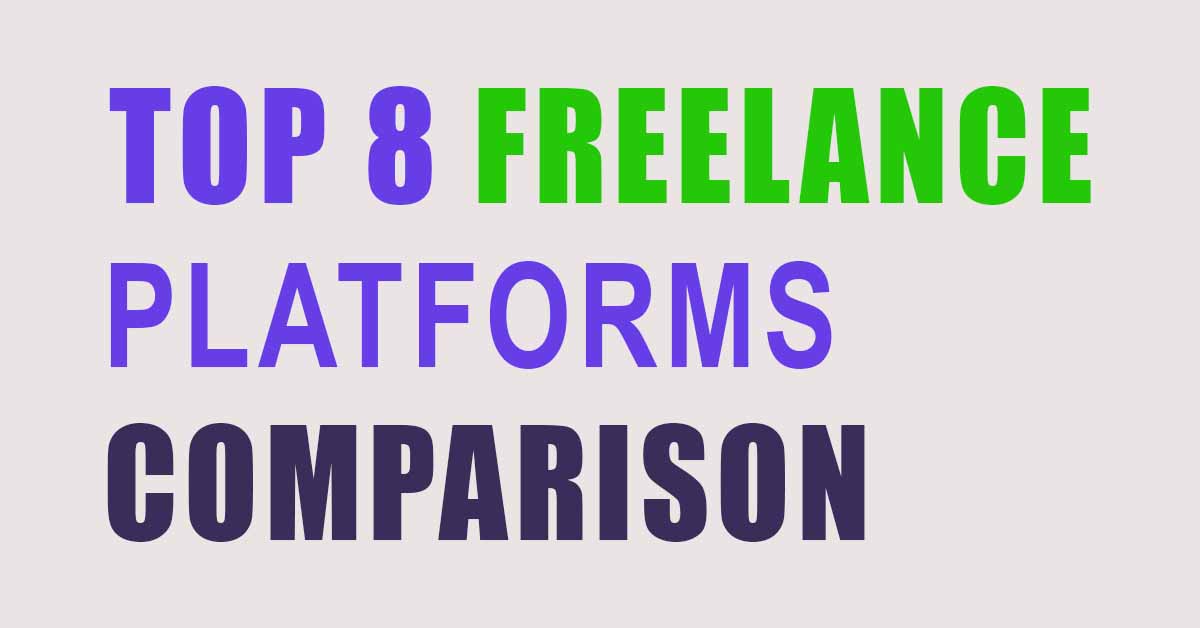Freelancing has become an increasingly popular career choice, offering flexibility and the opportunity to work on a diverse range of projects. However, with so many platforms available, it can be challenging to determine which freelancing website is the best fit for you. This guide will delve into the pros and cons of some of the best freelancing websites, providing an in-depth comparison to help you make an informed decision.
1. Upwork
Upwork is one of the largest and most popular freelancing platforms, offering a wide variety of job categories and a robust support system.
Pros:
- Wide Range of Job Categories: Upwork caters to numerous industries, providing opportunities for various skills and expertise.
- Robust Payment Protection: The platform offers secure payment methods, ensuring freelancers are paid for their work.
- User-Friendly Interface: Upwork’s interface is intuitive, making it easy to navigate and find relevant job postings.
Cons:
- High Competition: Due to its popularity, competition can be fierce, making it challenging for new freelancers to land their first job.
- Service Fees: Upwork charges a service fee that can be as high as 20%, which can significantly cut into your earnings.
- Strict Policies: Upwork’s strict policies can sometimes lead to account suspension without prior warning.

| Features | Pros | Cons |
|---|---|---|
| Wide Range of Jobs | Offers jobs in many categories | High competition |
| Payment Protection | Ensures secure payments | Service fees up to 20% |
| User-Friendly Interface | Easy to navigate | Strict policies |
2. Fiverr
Fiverr is known for its gig-based model, where freelancers offer specific services starting at $5.
Pros:
- Gig-Based System: Allows freelancers to offer a variety of services with a clear pricing structure.
- Global Reach: Fiverr’s extensive user base provides exposure to a global audience.
- Seller Levels: The platform rewards freelancers with higher levels based on performance, offering increased visibility and opportunities.
Cons:
- Service Fees: Fiverr takes a 20% commission on all earnings.
- Price Competition: The platform’s pricing model can lead to underpricing and a race to the bottom.
- Buyer Expectations: High buyer expectations can sometimes lead to disputes and negative reviews.
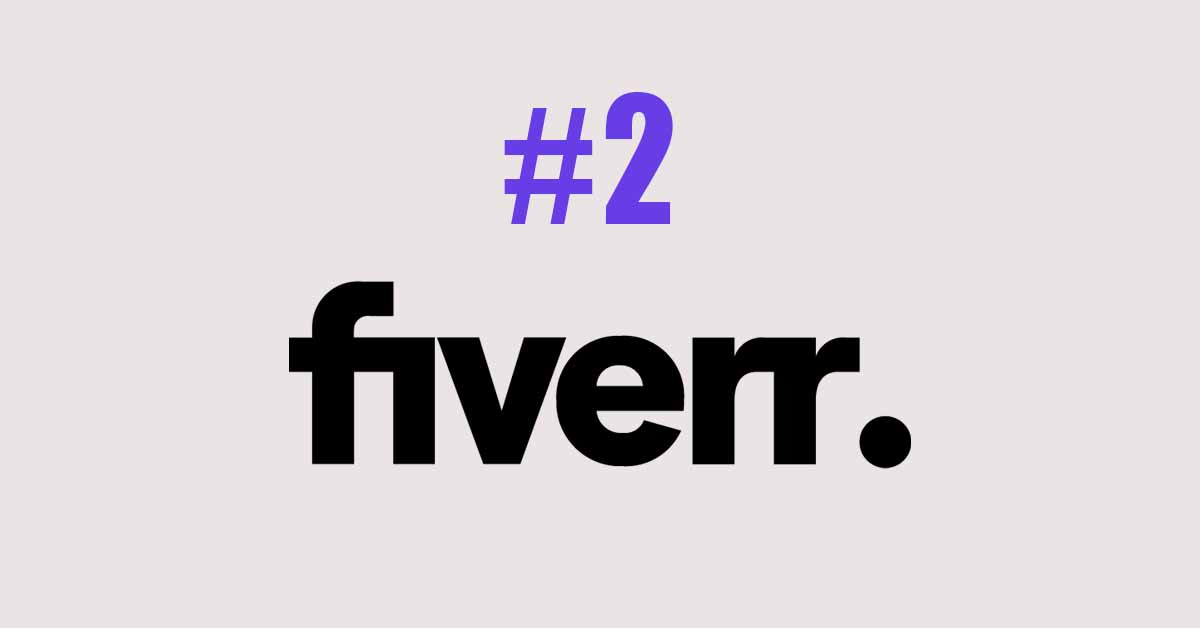
| Features | Pros | Cons |
|---|---|---|
| Gig-Based System | Clear pricing structure | 20% commission on earnings |
| Global Reach | Access to a wide audience | Intense price competition |
| Seller Levels | Rewards based on performance | High buyer expectations |
3. Freelancer
Freelancer is another major player in the freelancing industry, offering both short-term and long-term projects.
Pros:
- Diverse Job Listings: Offers a wide range of projects across different industries.
- Contests: Provides a unique feature where freelancers can participate in contests to win projects.
- Milestone Payments: Allows for payment milestones, ensuring freelancers get paid in stages.
Cons:
- Service Fees: Freelancer charges a fee on both hourly and fixed-price projects.
- Bidding Wars: The platform’s bidding system can lead to fierce competition and lowball offers.
- Complex Interface: Some users find Freelancer’s interface to be cluttered and difficult to navigate.
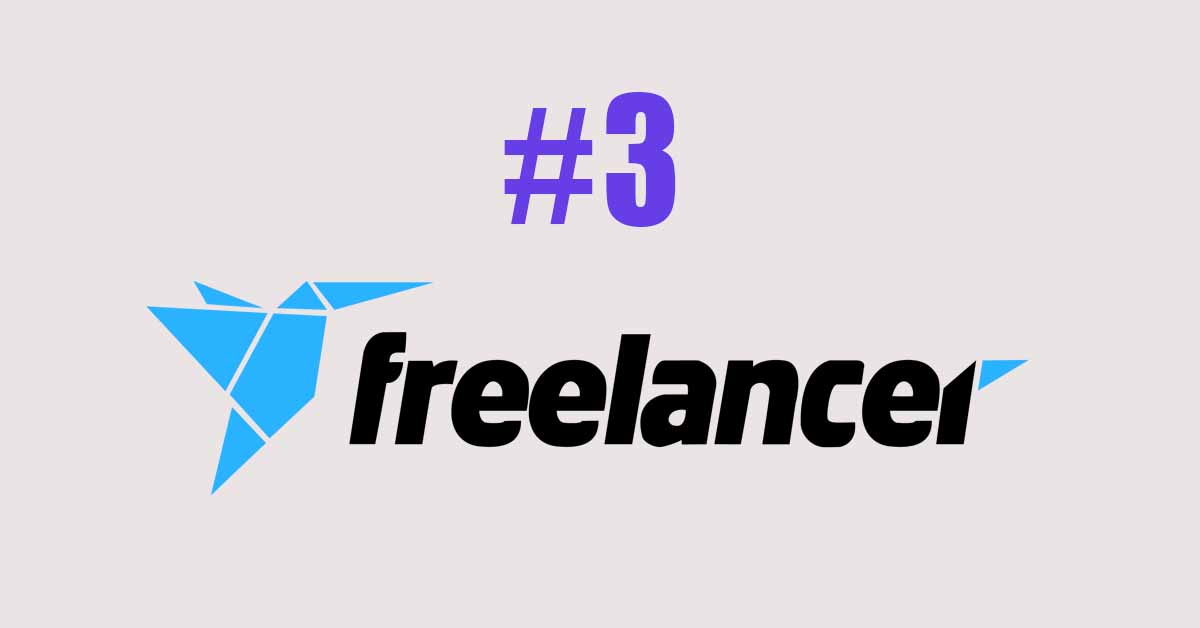
| Features | Pros | Cons |
|---|---|---|
| Diverse Job Listings | Offers projects across various industries | Charges fees on all projects |
| Contests | Opportunity to win projects | Intense bidding competition |
| Milestone Payments | Ensures payment at different stages | Cluttered interface |
4. Toptal
Toptal is known for connecting top freelancers with elite companies, focusing on high-quality talent.
Pros:
- High-Quality Clients: Toptal’s clients include top companies and start-ups.
- Rigorous Screening: The platform’s screening process ensures only the best freelancers are accepted.
- No Service Fees: Toptal does not charge freelancers any service fees.
Cons:
- Exclusive Entry: The rigorous screening process can be challenging and time-consuming.
- High Expectations: Working with elite clients can come with high expectations and pressure.
- Limited Job Categories: Toptal primarily focuses on tech, design, and finance sectors.

| Features | Pros | Cons |
|---|---|---|
| High-Quality Clients | Access to top companies and start-ups | Difficult entry process |
| Rigorous Screening | Ensures top-tier freelancers | High client expectations |
| No Service Fees | Freelancers keep all their earnings | Limited job categories |
5. Guru
Guru provides a workroom environment that facilitates collaboration between freelancers and clients.
Pros:
- Collaborative Workroom: Allows for seamless communication and collaboration with clients.
- Secure Payment System: Guru offers SafePay, ensuring secure and timely payments.
- Low Fees: Guru’s service fees are lower compared to other platforms.
Cons:
- Less Traffic: Guru has less traffic compared to major platforms like Upwork and Fiverr.
- Limited Job Listings: The number of available jobs can be limited, especially for niche skills.
- Complex Navigation: Some users find Guru’s interface to be less intuitive.
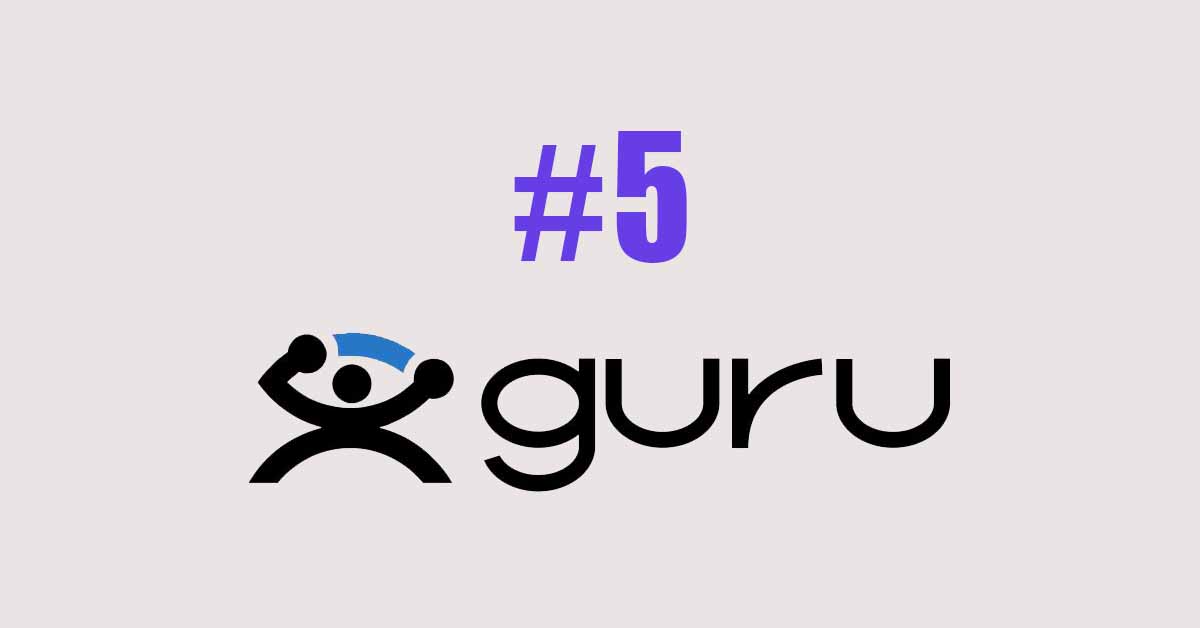
| Features | Pros | Cons |
|---|---|---|
| Collaborative Workroom | Seamless communication and collaboration | Less traffic on the platform |
| Secure Payment System | Ensures secure and timely payments | Limited job listings |
| Low Fees | Lower service fees compared to competitors | Less intuitive interface |
6. PeoplePerHour
PeoplePerHour specializes in connecting businesses with freelance professionals for hourly or project-based work.
Pros:
- Hourly Contracts: Allows for flexible, hourly-based projects.
- Project Stream: Facilitates easy management of project communication and files.
- Quality Control: PeoplePerHour has a system to ensure the quality of freelancers.
Cons:
- Service Fees: Similar to other platforms, PeoplePerHour charges a service fee.
- Limited Exposure: Compared to larger platforms, PeoplePerHour offers less exposure to potential clients.
- Payment Delays: Some freelancers have reported delays in receiving payments.
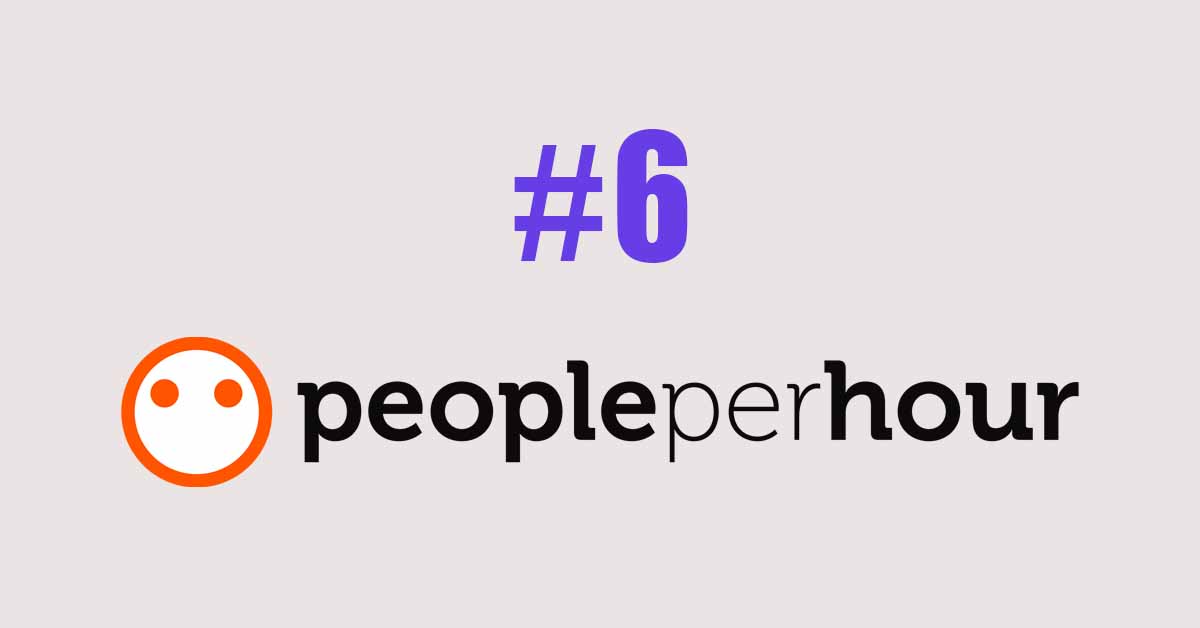
| Features | Pros | Cons |
|---|---|---|
| Hourly Contracts | Flexible project-based work | Charges service fees |
| Project Stream | Easy management of communication and files | Less exposure to clients |
| Quality Control | Ensures high-quality freelancers | Possible payment delays |
7. SimplyHired
SimplyHired aggregates freelance job listings from across the web, providing a comprehensive job search experience.
Pros:
- Comprehensive Job Listings: SimplyHired aggregates listings from multiple sources, providing a wide range of opportunities.
- Easy Job Search: The platform’s search functionality is user-friendly and efficient.
- Salary Estimation: SimplyHired offers salary estimates for various job listings, helping freelancers set competitive rates.
Cons:
- No Direct Hiring: SimplyHired does not facilitate direct hiring, meaning freelancers must apply to jobs through other sites.
- Limited Support: The platform offers limited support for freelancers compared to dedicated freelancing websites.
- Aggregated Listings: Some job listings may be outdated or no longer available.
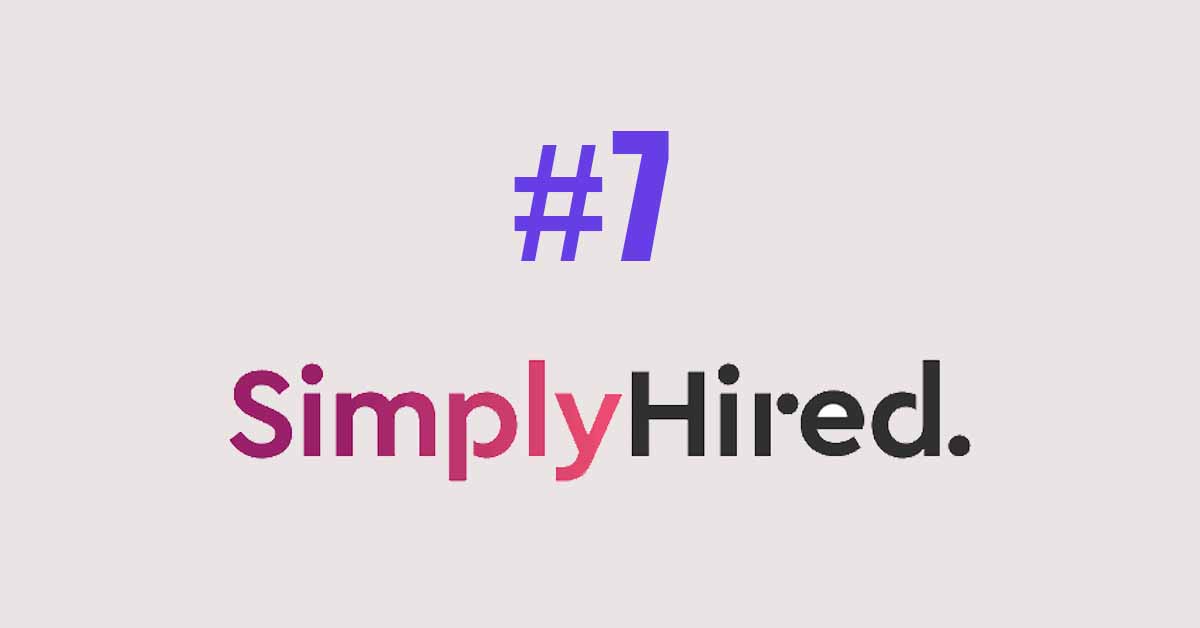
| Features | Pros | Cons |
|---|---|---|
| Comprehensive Listings | Wide range of job opportunities | No direct hiring |
| Easy Job Search | User-friendly and efficient | Limited support |
| Salary Estimation | Helps set competitive rates | Outdated job listings |
8. FlexJobs
FlexJobs focuses on remote and flexible job opportunities, including freelance, part-time, and full-time positions.
Pros:
- Curated Listings: FlexJobs hand-screens job listings to ensure quality and legitimacy.
- Remote Opportunities: The platform specializes in remote and flexible jobs, ideal for freelancers.
- Skill Tests: FlexJobs offers skill tests to help freelancers showcase their expertise.
Cons:
- Subscription Fee: FlexJobs requires a subscription fee to access job listings.
- Limited Free Features: The free version offers limited access to job postings and features.
- Niche Focus: FlexJobs primarily targets remote and flexible jobs, which may not suit all freelancers.
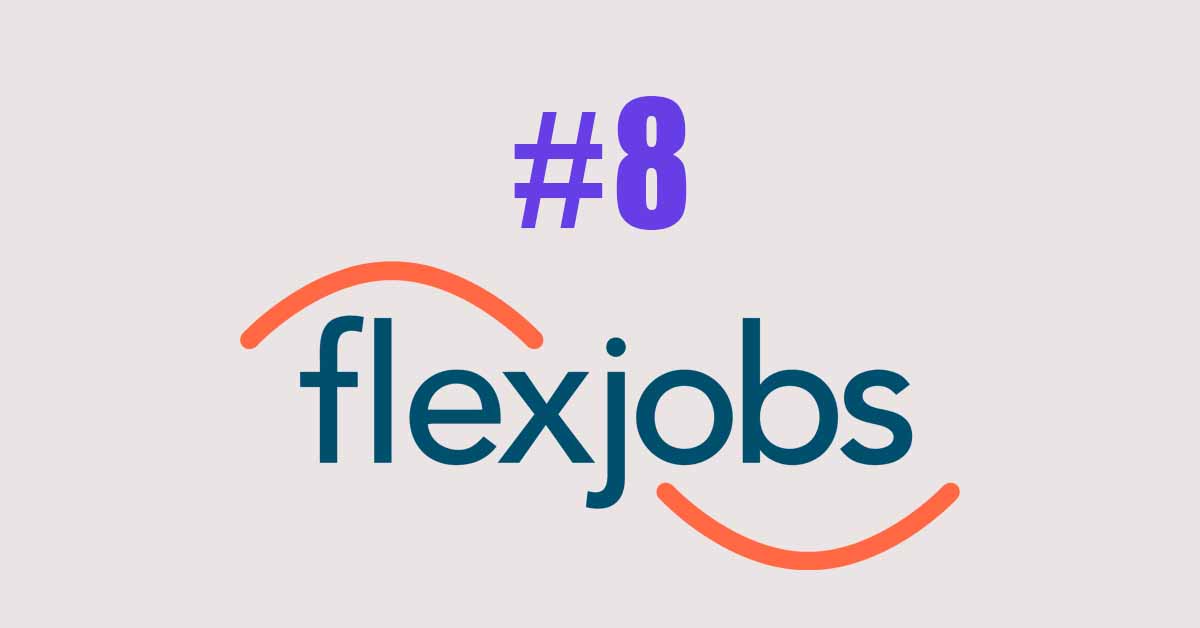
| Features | Pros | Cons |
|---|---|---|
| Curated Listings | Ensures quality and legitimate job listings | Requires subscription fee |
| Remote Opportunities | Ideal for remote and flexible jobs | Limited access with free version |
| Skill Tests | Helps showcase freelancer expertise | Niche focus on remote jobs |
Conclusion
Choosing the best freelancing website depends on your skills, preferences, and career goals. Each platform offers unique features and opportunities, as well as challenges. Whether you’re just starting or looking to expand your freelance career, understanding the pros and cons of these top freelancing websites can help you make the best decision for your professional journey.
Summary Table:
| Platform | Pros | Cons |
|---|---|---|
| Upwork | Wide range of job categories, secure payment, user-friendly | High competition, service fees, strict policies |
| Fiverr | Gig-based system, global reach, seller levels | 20% commission, price competition, buyer expectations |
| Freelancer | Diverse job listings, contests, milestone payments | Service fees, bidding wars, complex interface |
| Toptal | High-quality clients, rigorous screening, no service fees | Exclusive entry, high expectations, limited job categories |
| Guru | Collaborative workroom, secure payment, low fees | Less traffic, limited job listings, complex navigation |
| PeoplePerHour | Hourly contracts, project stream, quality control | Service fees, limited exposure, payment delays |
| SimplyHired | Comprehensive job listings, easy job search, salary estimation | No direct hiring, limited support, aggregated listings |
| FlexJobs | Curated listings, remote opportunities, skill tests | Subscription fee, limited free features, niche focus |
By carefully evaluating these pros and cons, you can select the best freelancing website that aligns with your professional needs and aspirations. Happy freelancing.


